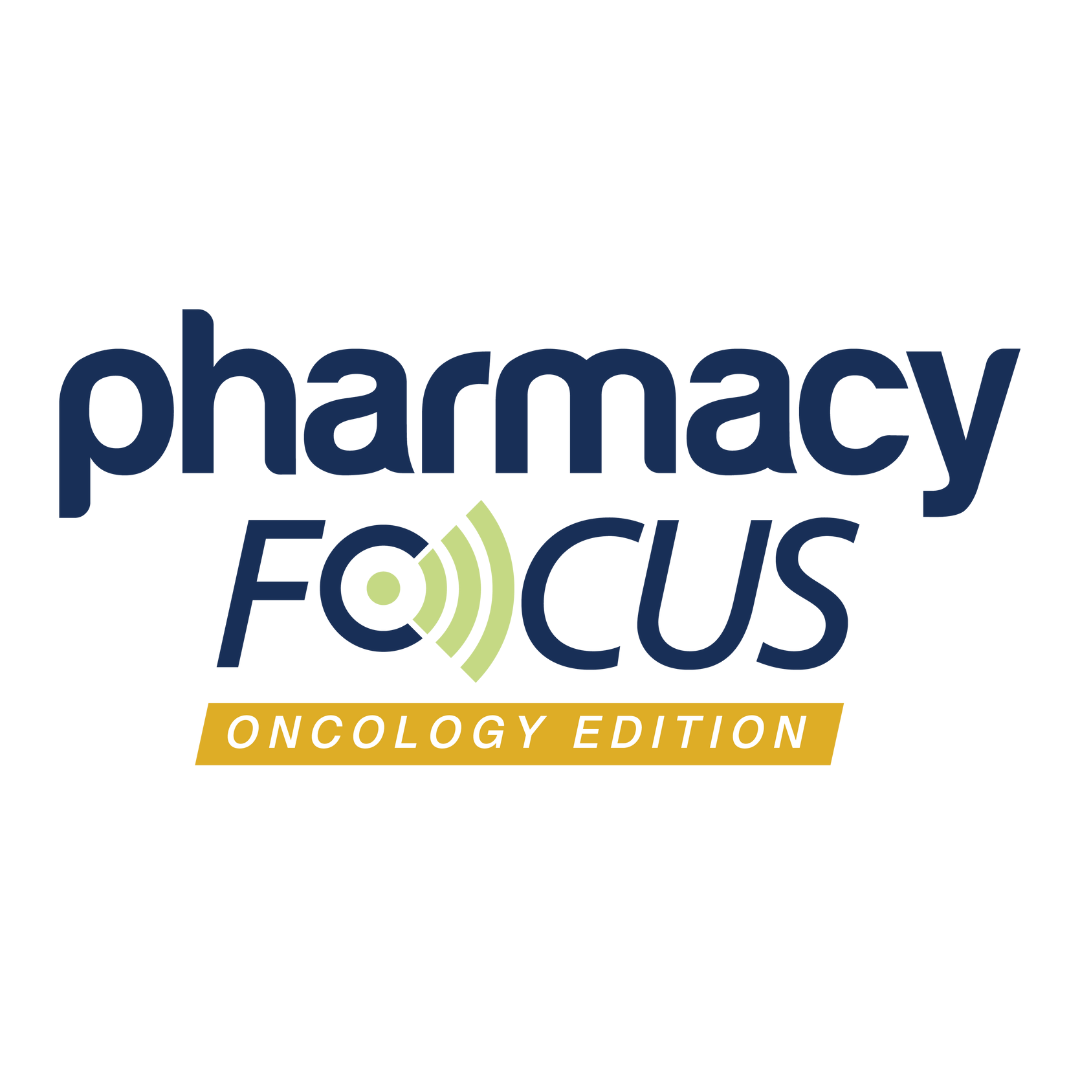Article
Guidelines May Not Be Enough to Stop Aggressive Cancer Care in Terminal Cases
Author(s):
Choosing Wisely recommendations have not substantially changed the care received by patients in the last 30 days of life.
A recent study found that a substantial amount of patients younger than 65 years with solid tumors received 1 or more forms of aggressive care within the last 30 days of their lives between 2007 and 2014.
In 2012, the American Society of Clinical Oncology (ASCO) released a list of recommendations called Choosing Wisely, advising against cancer-directed therapies in patients who were likely not going to respond. Instead, it suggests patients with advanced tumors focus on palliative care instead.
“While it can be difficult to predict when a patient is nearing his or her final month of life, we need to do a better job of scaling back disease-directed treatment and transitioning patients to symptom-directed end-of-life care sooner,” said lead study author Ronald C. Chen, MD, MPH. “Intensive care at the end of life remains appropriate for some patients. Still, we need more education of both patients and physicians to improve conversations about goals and expectations.”
In the study, researchers analyzed end-of-life care for more than 28,000 commercially-insured patients through claims data. The patients included had metastatic lung, colorectal, breast, pancreatic, or prostate cancers and died between January 2007 and December 2014, according to the study, presented at the 2016 ASCO Annual Meeting.
Researchers considered aggressive care as invasive medical procedures, cancer-directed therapies, hospital admission, emergency room visit, intensive care, intensive care unit admissions, and in-hospital deaths. They discovered that hospital admission or emergency department visits were received by 62 to 65% of patients and was the most common type of aggressive care received.
Approximately 30 to 35% of patients died in-hospital, suggesting that patients tend to seek aggressive care instead of symptom-directed care at home, the researchers wrote. Researchers found that 14 to 18% of patients received hospice care and 16 to 21% received intensive care or ICU admission.
Approximately 24 to 33% of patients received chemotherapy and 6 to 21% of patients received radiotherapy. There were approximately 25 to 31% of patients who underwent invasive procedures, according to the study.
Although ASCO’s guideline recommendations recommend palliative care opposed to aggressive care, researchers found that the use of aggressive care has remained at 70 to 75% in patients with these types of cancer, according to the study.
“While ASCO’s recommendations were an important first step to reducing aggressive care at the end of life, our findings suggest that guideline recommendations alone are not enough to spur widespread changes in practice,” Dr. Chen concluded. “In particular, we need better ways of educating physicians and patients about palliative care and hospice, and we need to make these types of care more accessible.”
Newsletter
Stay informed on drug updates, treatment guidelines, and pharmacy practice trends—subscribe to Pharmacy Times for weekly clinical insights.





